LEDs in the snow
I buried ********** under the snowfall in the garden.
Before the arrival of the New Year, quite a bit is left.
No longer explore microcontrollers, arduino and other devices used for blinking. But still, you can still have time to light ... snow in the New Year!
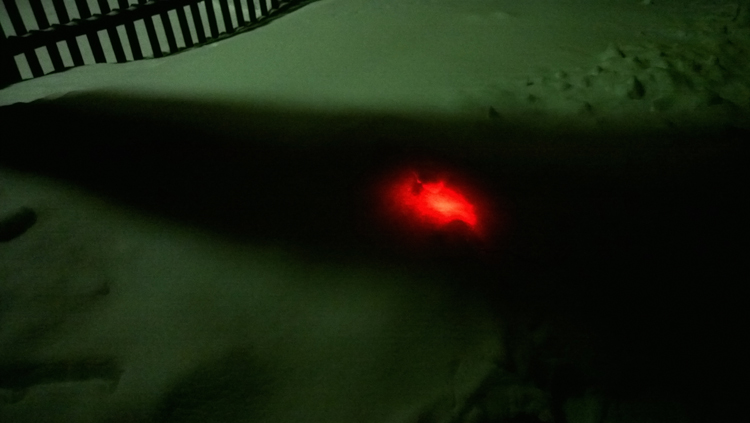
As Wikipedia says, snow is a form of precipitation consisting of small ice crystals.
Because of the structure of water molecules, angles of only 60 ° and 120 ° are possible between the rays of a crystal. White color comes from the prisoner in the air snowflake. Light of various frequencies is reflected on the boundary surfaces between the crystals and the air and is scattered. Snowflakes are 95% of the air. After snowing on the ground, it can be classified as powdered when it is still fluffy, granulated when it has undergone a melting and freezing cycle, and finally - as turned into dense ice after compaction and drift down in multiple cycles of melting and freezing. .
That is, the optical properties of snow depend on many factors. It is clear that the ice is transparent and we have seen illuminated ice figures many times. But what about the snow? In particular, at the time of the shooting, the air temperature was +2 degrees and drizzling light rain.
To test the idea, a simple design was assembled, consisting of a power source, the remainder of the RGB-tape from a lamp of time , and three switches. With time, all this can be automated with the use of a simple controller.
Tape, for stiffening pasted on the plate. On the control bar there are: color switches, a connector for power supply of 12 volts, a USB connector to which the LEDs are connected.

')
Safety comes first. Therefore, low-voltage power supply and sealing of all connections, after which, the LED strip can be immersed in the snow.
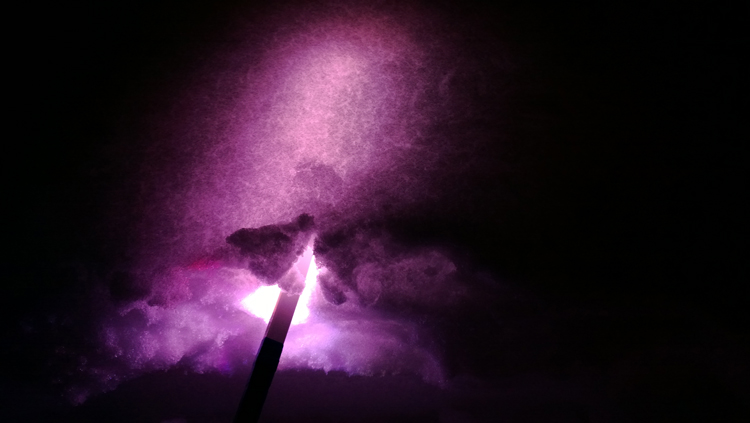
At first there was a question - will the light be visible from under the snow?
As it turned out, the light is very clearly visible. When diving to a depth of about 20 centimeters (at the moment there is no more snow), the light gradually decreases its brightness, but is visible.
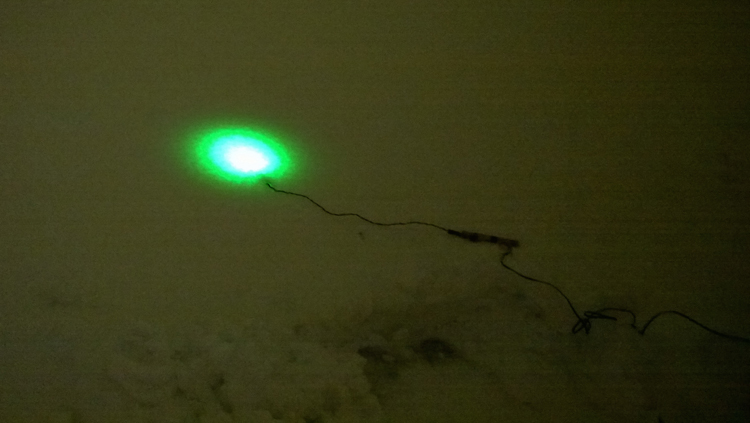
Snow is an excellent scatterer (this is what the successors of Scriabin’s work were looking for). When finding the LED strip in the snow, the number of LEDs is perfectly visible.
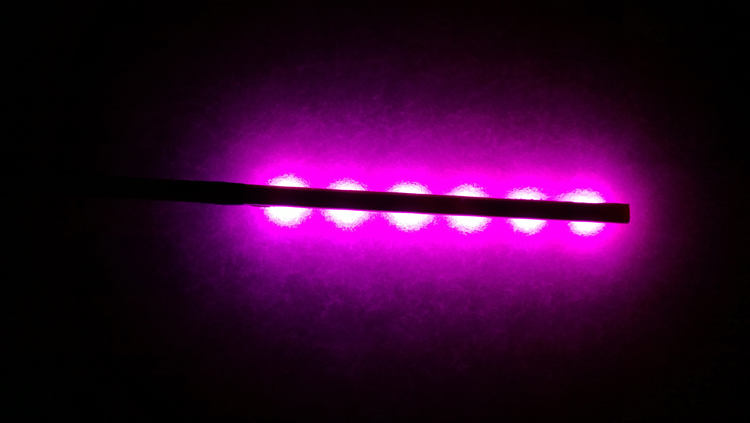
But it is necessary to immerse the tape in the snow, at least a couple of centimeters ... And it does not matter where the LEDs look: up, down, to the side - the result is the same.
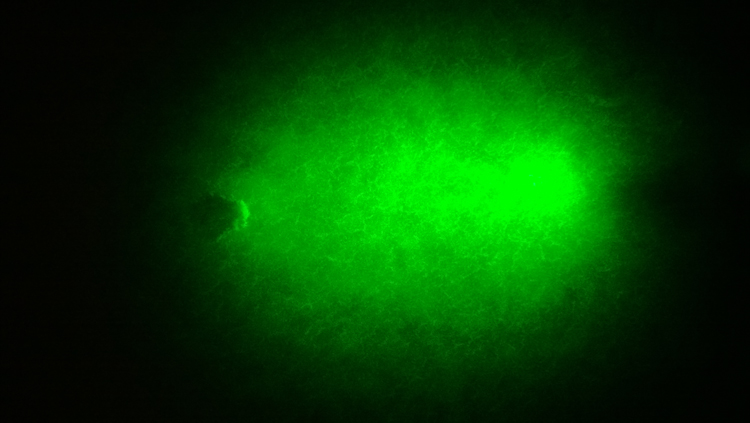
Interesting pictures are obtained by highlighting a pile of snow.
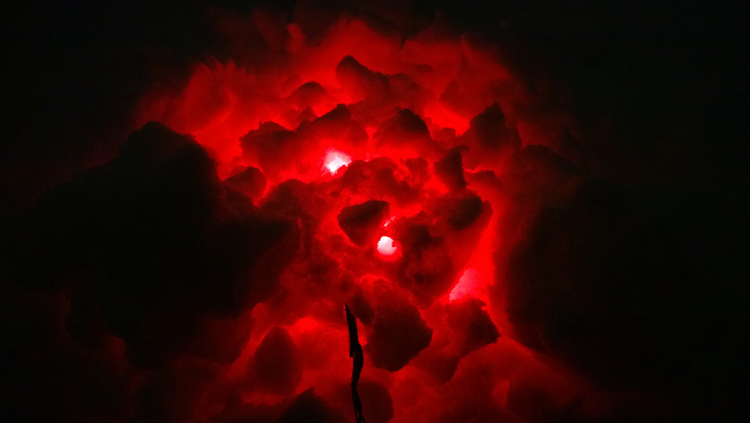
or a separate piece of snow
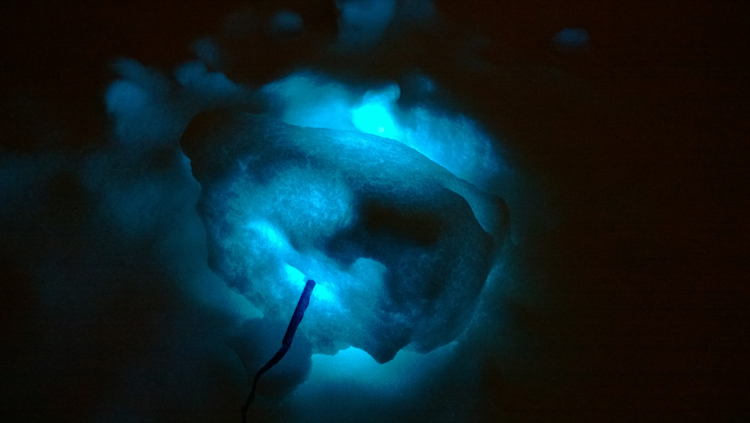
In some cases, a thin cosmic structure is visible.

And with a small setup of the camera, amphibians are visible
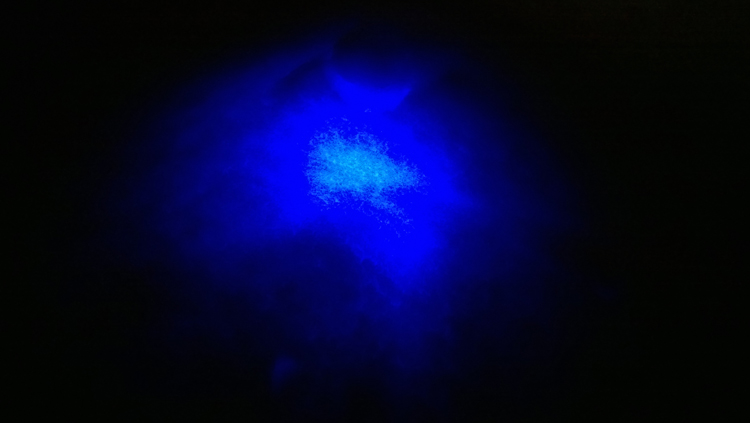
Snow video in the waltz tempo,
and photos not included in the post.
A flying snowball, a cobbled figure, a path in a garden or a dark forest - all this is really illuminated with one or more LEDs of any color. Compounds should be filled with a sealant, or the LEDs placed inside a transparent container. A miniature flashlight consisting of an LED and a battery is able to burn in the snow all New Year's Eve.
Brave and courageous can test the cold for his cell, placed in a transparent bag, and blinking out of the snow with a beautiful multi-colored screen.
Everything is limited only by imagination - sculpt, shine, light!
Holiday greetings!
PS
WebConn has already started making snowballs .
Let's try to make it easier and with a remote switch using a magnet.
Green LED FYL-3014PGC.
Forward voltage (minimum-type-maximum): 2.8-3.2-3.6 volts.
Direct current: 20 milliamps.
Pulsed direct current: 100 milliamps.
Luminous intensity: 4500 microcandel.
When connected to a lithium CR2032 battery with a voltage of 3.28 volts, the current through the LED was 8 milliamps.
! ATTENTION! It is better not to turn on the LED without a resistor, just in this case the characteristics of the LED and the battery uniquely coincide.
Time, accessories
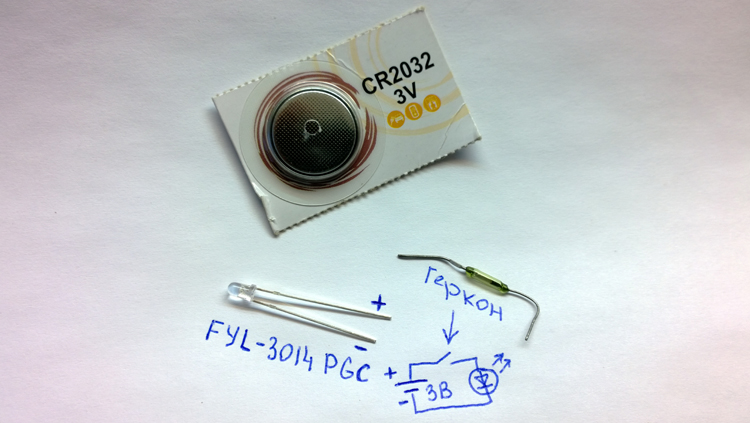
Two, assembly without soldering and removing the battery from the package

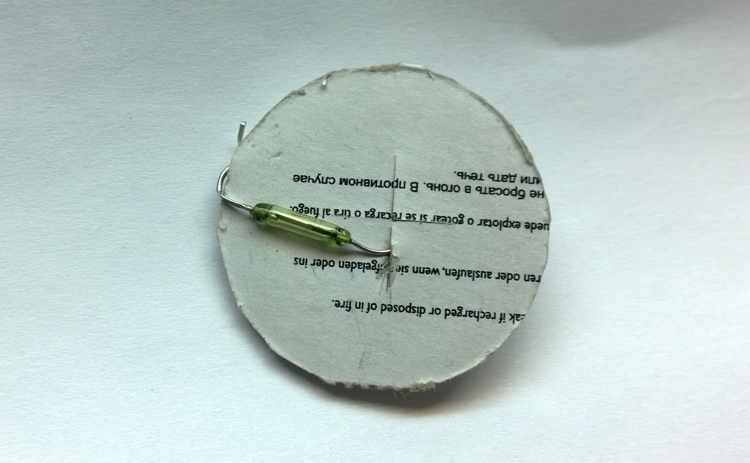
Three, check
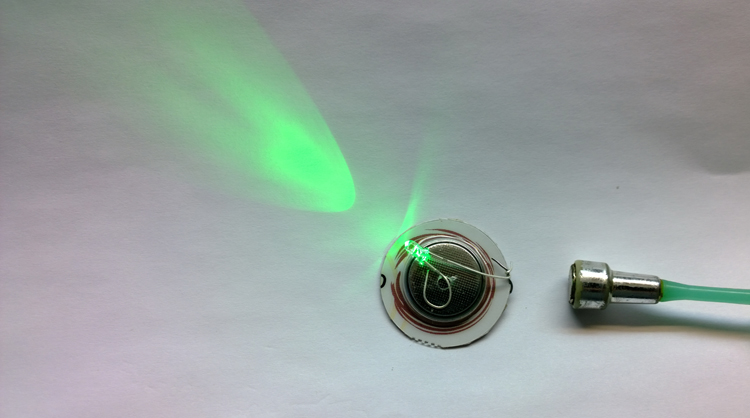
Four, sealing with duct tape

Five, the test
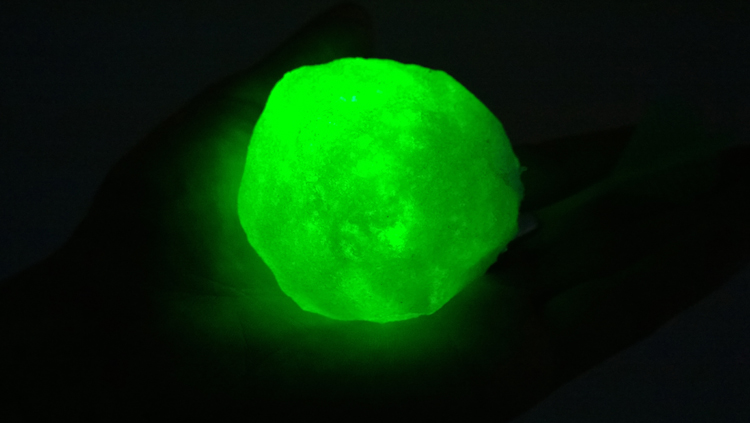
Pps
WebConn did not stop there, and wrote an article where he shared his experience in making microcontroller snow:
Glowing snowballs, or decorating the New Year with “improvised materials” .
Source: https://habr.com/ru/post/207130/
All Articles